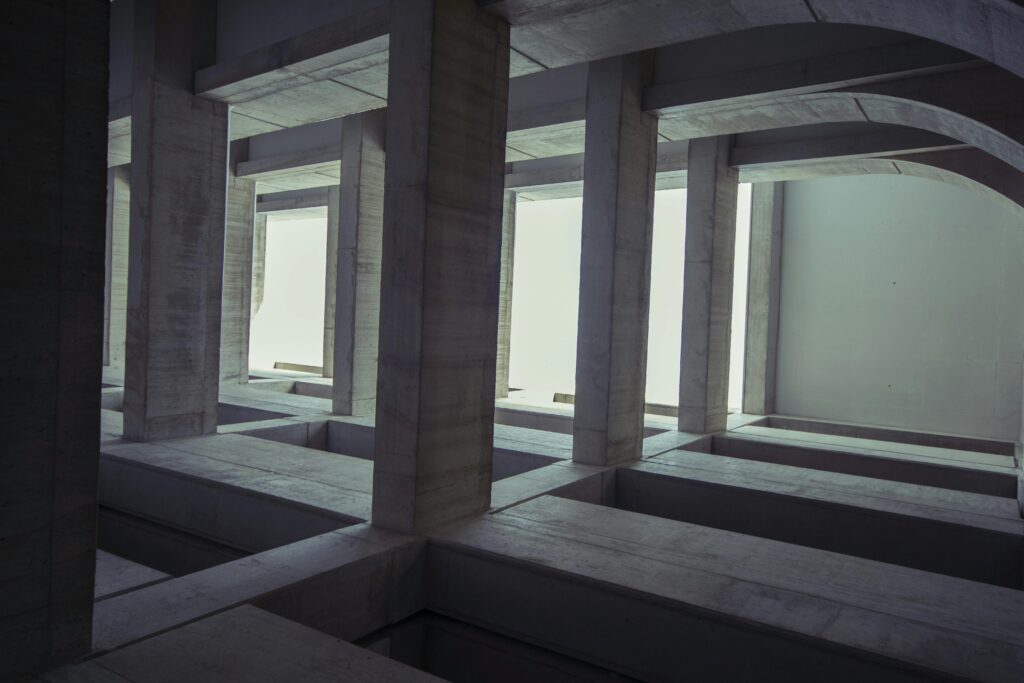Most construction projects don’t go as planned. There are always extra costs that pop up, deadlines shift, and money depletes faster than expected. However, sticking to the construction budget is achievable if you take the right measures. This guide will help you maintain control before, during, and after the construction has begun.
Start with a Complete, Accurate Estimate
Everything begins with the estimate. If this step is rushed or vague, the whole project suffers later. A proper estimate includes:
- Labor and materials
- Equipment rentals
- Site preparation
- Permits and inspections
- Contingency funds
Skip the guesswork. Using our meticulous cost estimator services, you sidestep issues that arise with estimation. A detailed Bill of Quantities is superb in reducing estimation and procurement variances and streamlining the overall process.
Define the Scope and Stick to It
There’s nothing worse for a budget than a scope creep. It often starts with small things, like touch-up finishes, which seem harmless. Before long, costs will increase vastly.
Attempt to keep the project on budget by locking in the design way ahead. Avoid changing the design during the construction phase. Every single alteration requires additional work, materials, and time. If any changes absolutely must be made, conduct a detailed cost evaluation beforehand.
Choose the Right Team
The people you hire can either protect your budget or drain it. Hire specialists who are prompt, orderly, and meticulous with every detail. A professional construction team will avert costly mistakes and save money by solving problems ahead.
- Architects and engineers must provide complete, coordinated drawings.
- Project managers should keep schedules tight and vendors accountable.
- Contractors need to quote realistically and deliver what they promise.
Prioritize Communication
Even small misunderstandings can lead to significant errors. To avoid this, consistent updates are essential. Schedule weekly site meetings and reports so that everyone is on the same page.
Stay connected frequently. Otherwise, you might discover too late that something has gone wrong. This kind of ongoing communication keeps the budget within limits. It also allows you to address minor problems early when they are still cheap to remediate.
Monitor Progress Against the Budget
Monitor your spending continuously. Progress does not mean you are still working within budget, so do not assume anything. Use a cost control sheet or budgeting software to track actual spending against your original estimate. Look at:
- Materials ordered vs. materials used
- Paid invoices vs. expected payments
- Labor hours vs. scheduled time
If anything starts to slip, address it immediately. Waiting only makes it worse.
Don’t Skip the Contingency Fund
Every well-planned project comes with hidden challenges like site issues, weather delays, or even supplier problems. One good rule of thumb is to allocate at least 10% of your budget for unforeseen costs.
This reserve offers sufficient breathing space to deal with surprises without stalling the entire project. Without this cushion, a single problem can create a cascade of delays requiring poorly thought-out, costly solutions.
Shop Smart for Materials
You don’t need to go with the cheapest option, but you should go with the smartest. Check multiple suppliers. Make sure to inquire about bulk pricing, and always check for off-season sales.
Equally important: do not reorder. Doubling up due to mistakes or changes wastes time and money, so finalize decisions early. Place accurate orders based on final choices.
Stick to the Schedule
Time is money in construction. Every extra day on-site adds labor costs and pushes out other commitments. Falling behind also increases the risk of bad weather, rushed decisions, or conflicts with subcontractors.
To stay on schedule:
- Use a clear project timeline
- Assign responsibility for each task
- Confirm availability with suppliers early
- Avoid bottlenecks between trades
Beware of Low Bids
A cheap bid might look good on paper but often leads to higher costs later. Some contractors underbid just to win the job—then hit you with change orders and extras as work progresses.
Ask questions if a price seems too low. Make sure the scope is fully covered. Check references and look for signs of honest, reliable work. It’s better to pay a fair rate upfront than deal with budget blowouts later.
Keep Design Practical
Beautiful doesn’t have to mean expensive. Some design choices add cost without much benefit. High-maintenance materials, complex structures, or hard-to-source finishes often push budgets off course.
Work closely with your architect or interior designer to find smarter alternatives. Sometimes a small tweak—like adjusting room sizes or simplifying trim details—saves thousands without sacrificing style or function.

Document Everything
Change orders, agreements, payment terms—put it all in writing. Verbal instructions get lost or misunderstood. Clear documentation avoids confusion and helps protect your budget if disputes arise.
Keep organized records of:
- Drawings and specs
- Contracts and agreements
- Approvals and sign-offs
- Invoices and receipts
Having everything in place helps you defend your budget if problems come up.
Final Thoughts
Staying on budget takes more than luck. It takes planning, consistency, and strong communication. Every step counts from the first estimate to the final inspection.
When done right, a well-managed construction project gives you value, peace of mind, and a finished product that meets your goals without going over cost.
Need help keeping your next project on track? Our team offers full support, from cost estimation to construction management. We help you plan smart, build efficiently, and stay within budget every step of the way. Let us know how we can help you get started.






